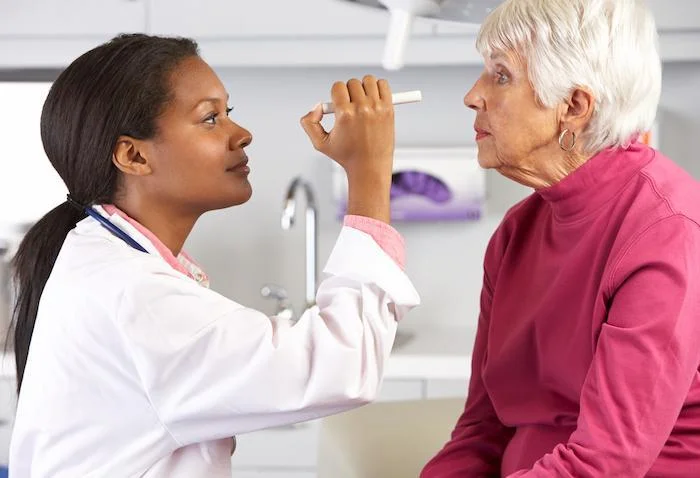Glaucoma is a collection of eye diseases that destroy the optic nerve in your eye so gradually that you don’t even realize it’s happening. In fact, about half of the 3 million women and men in the United States who have glaucoma are unaware that they have the condition. By the time symptoms appear, you’ve already experienced irreversible vision loss.
Luckily, your eye doctor can catch glaucoma in its earliest stages, before you notice permanent changes to your vision. That’s why John Ghobrial, MD, founder of Eye Associates of Monmouth in Colts Neck, New Jersey, recommends annual glaucoma tests.
Here, he’s prepared a guide to the two most common forms of glaucoma. Find out who’s most at risk, how to ensure you catch glaucoma in its earliest stages, and what kinds of treatments help stop the disease from progressing.
What all glaucomas share
Although a number of different types of glaucomas exist, each variety affects the health and function of your optic nerve. Your optic nerve takes images that come through your eye and transfers them to your brain. Your brain then processes the images so you can see.
If you have glaucoma, pressure starts to build up inside your eye. This increased intraocular pressure is usually caused by too much fluid within the eyeball. Either your eye produces too much fluid, or the channels through which the fluid flows get blocked.
Your chances of developing glaucoma are greater if you’re:
- Over 40
- Of African American, Irish, Russian, Japanese, Hispanic, Inuit, or Scandinavian heritage
- Diabetic
- Hypertensive
- Nearsighted or farsighted
However, anyone of any age can develop glaucoma. You’re more likely to develop glaucoma if someone in your family has it.
Common types of glaucoma
The two most common types of glaucoma — open-angle glaucoma and acute angle-closure glaucoma — are both primary glaucomas. This means there’s no apparent cause for the glaucoma, such as an injury; the glaucoma arises on its own, without an inciting incident.
Open-angle glaucoma
The most common type of primary glaucoma is called open-angle glaucoma. About nine out of every 10 Americans with glaucoma have this type. For unknown reasons, the fluid inside your eye doesn’t drain properly, which puts pressure on, and ultimately damages, your optic nerve.
You don’t notice the changes in your eye. Even as you start to lose your vision, it happens so gradually that you may not realize it until you’ve already lost a substantial amount of vision, particularly your peripheral (side) vision.
Acute angle-closure glaucoma
Although acute angle-closure glaucoma is rare, it’s a medical emergency when it happens. This type of glaucoma occurs when your iris (the colored portion of your eye) is too close to the area where fluid is supposed to drain from your eye. The iris blocks the drainage, and fluid builds up rapidly. Symptoms are:
- Intense eye pain
- Blurred vision
- Nausea
- Vomiting
- Red eyes
- Headache
- Seeing multicolored halos around light
If you have the symptoms of acute angle-closure glaucoma, head straight for the emergency room. At the ER, a doctor will quickly drain the fluid from your eye. If you don’t get rapid treatment, you could lose your vision within a few days.
Treating glaucoma
Because acute angle glaucoma is a medical emergency, you get immediate treatment when you present to the ER. If you suffered an attack of acute angle glaucoma in just one eye and received emergency treatment, we recommend treating your other eye, too, to avoid another emergency in the future.
Dr. Ghobrial treats open-angle glaucoma with one or more of the following therapies aimed at reducing the pressure in your eye in order to protect your optic nerve:
- Eye drops
- Oral medications
- Surgery
- Laser eye therapy
If you’re a good candidate, Dr. Ghobrial may also recommend selective laser trabeculoplasty. This procedure targets specific cells in your eye so your eye starts to heal and your intraocular pressure normalizes.
Don’t wait for a medical emergency or vision loss to find out if you have glaucoma. Contact our friendly team at Eye Associates of Monmouth to schedule an eye exam and glaucoma test today. Call our office, send us a secure online message, or book your appointment using our online tool.


